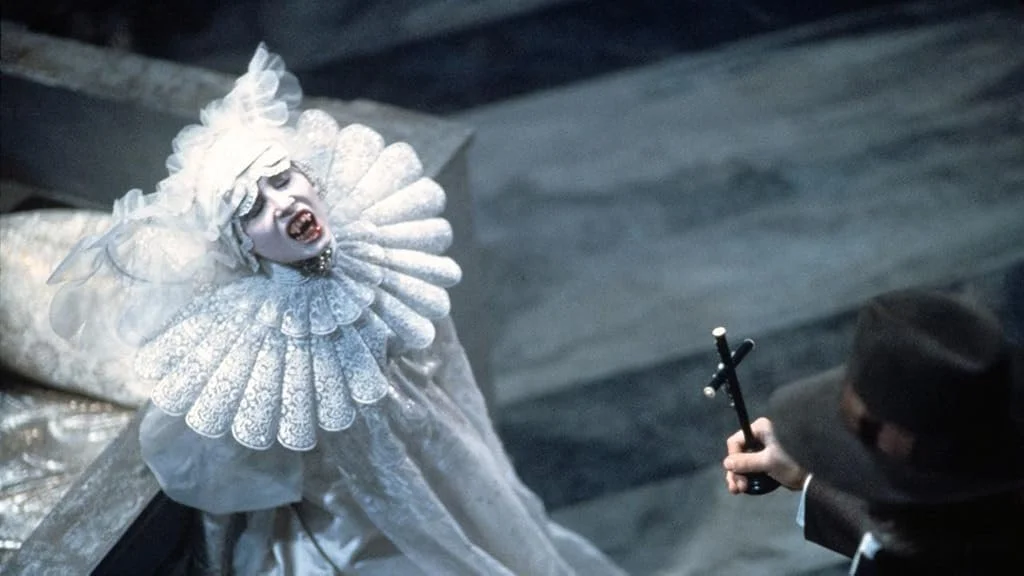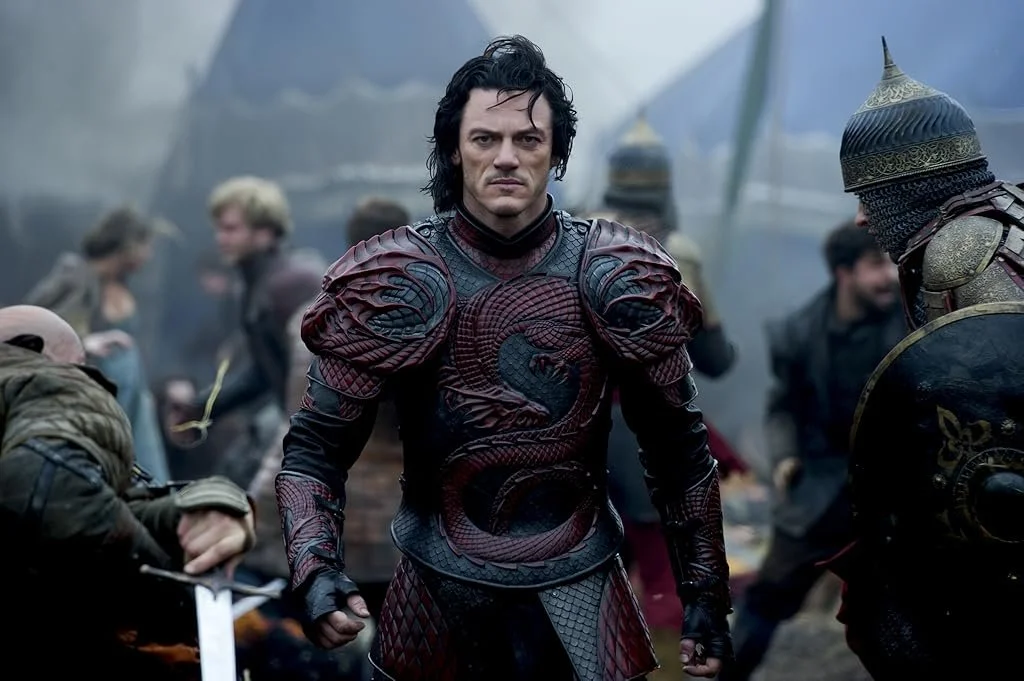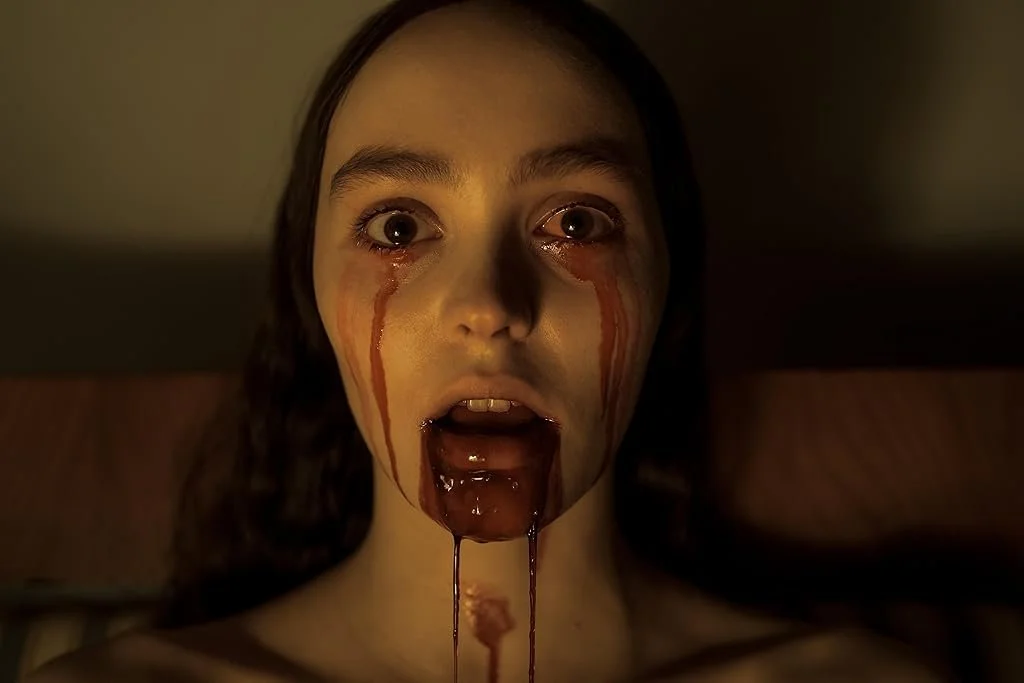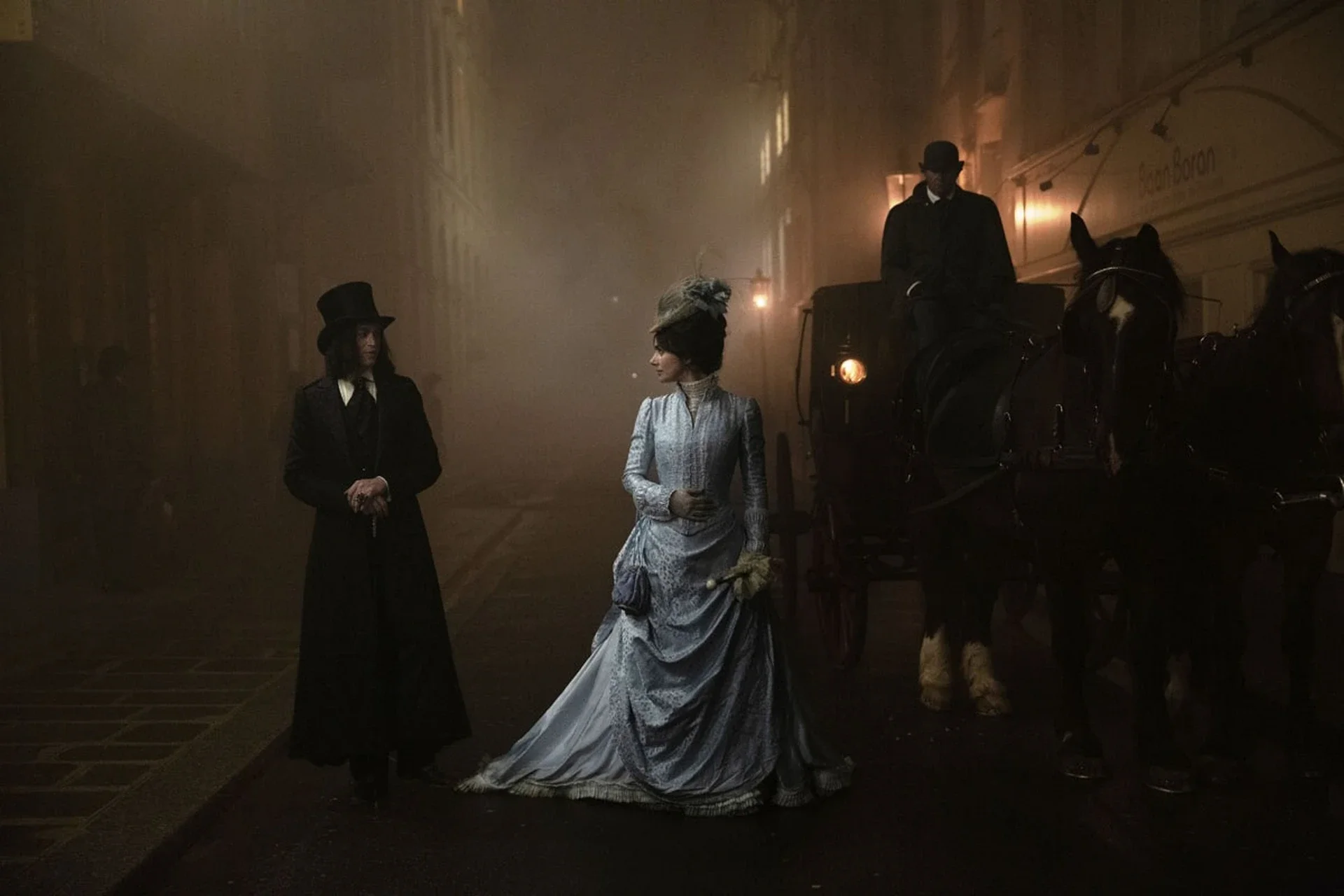Dracula and Seeking Permanence in an Impermanent Society
Dracula has, arguably, been one of the most delved into and adapted stories from novel to screen. But why do we have such a fascination with a tale retold over and over?
Perhaps a fascination with permanence has arisen in the waking of a society that pushes impermanence. Fast fashion? Check. Ready-to-assemble furniture? Check. What we lack is an appreciation for craftsmanship and what we have come to accept is quantity over quality. And it is this loss of enduring quality that takes time to cultivate that we may find media’s obsession with the eternal life of a vampire reborn.
Bram Stoker’s Dracula (1992)
For a cult classic from the 90s that has a dedicated following, I admit with enough shame that I watched this version this year. What alerted me to its pedestal status was an Instagram reel showcasing the beauty of the cinematography and of course, a young Keanu Reeves (come on, it’s Keanu Reeves, am I right?).
Its decidedly sexy undertones and plea for true love to prevail are what drawn in viewers with an itch to scratch.
Song association: Wandering Star by Portishead
Dracula Untold (2014)
The Batman-esque rendition of Dracula embraces the moody lens of Twilight and focuses on the legacy of Vlad the Impaler. Where the 1992 film emphasizes Dracula’s agonising wait for his love to be reincarnated and the lengths he goes to reunite with her, the 2014 take condenses this focus to a throwaway scene that concludes the film.
Above all, Dracula Untold is about a warrior, a leader and a husband bent on saving his family and people. And it is one of the few adaptations that links Dracula’s vampirism to a source outside of religion: another vampire.
Song association: Kashmir by Led Zeppelin
Nosferatu (2024)
If Dracula thought he had waited decades for his love to return to the waking world, he didn’t know how long the movie world waited for a remake of the groundbreaking Nosferatu (1922). With Lily-Rose Depp at the helm being pulled towards the darkness of Bill Skarsgård’s Dracula, the film is a homage to horror.
It’s about infatuation with the allure of death, sacrifice for the good and pure of heart, and the overarching theme of good triumphs evil.
Song association: Клетка (Kletka) by Molchat Doma
Dracula: A Love Tale (2025)






